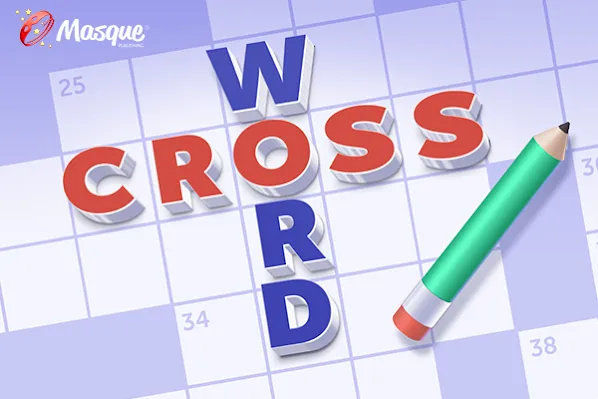Metal Detectorists Pulled Up a 15th-Century Sword—and Couldn’t Believe Its Condition

A detectorist from Poland’s Bishop’s Detectory Association located a two-handed medieval sword near a riverbank.
The 3.2-foot-long sword was fully intact and complete with a hilt, pommel, and guard.
Experts have dated the discovery to sometime in the 14th or 15th centuries.
One can imagine that a sword large enough that it required two hands to swing about in battle could get rather tedious to lug around medieval-era Poland. As such, one could also understand some poor soldier’s decision to dump his 3.2-foot-long, two-handed sword known as a “Zweihänder” in a weapons deposit around the 14th or 15th century (probably in favor of something lighter).
But, as the saying goes, one man’s trash is another man’s treasure. Metal detectorists in Poland from the Bishop’s Detectory Association now consider the sword—along with other weapons and tools they found alongside it in the deposit—to be a significant discovery.
They handed the weapons, which also included two axe heads, over to the Voivodic Monument Protection Office and then the Ostroda Museum. Experts were impressed at how well preserved the sword—with its hilt, pommel, and guard—remained while buried near a riverbed, according to a report from Heritage Daily.
The museum wrote in a translated Facebook post that preservation of the pieces will begin with a series of X-rays to better understand the find. The museum, which is housed in a former Teutonic castle, said this will be the first two-handed sword in its collection—a fitting location for such a discovery.
According to The Association for Renaissance Martial Arts, the popularity of the two-handed sword grew across the 15th century, stemming from the popularity of the longsword during the Late Middle Ages. The Zweihänder—literally meaning “two-hander”—looks like, essentially, a bigger longsword.
Zweihänders were considered specialized weapons, were common throughout Europe (especially with Swiss and German), and continued to grow in popularity through the 16th century. A two-handed sword was considered effective in close quarters, did require extra skill to wield, and was most widely used during the Renaissance. The good condition of this particular sword may be thanks to it having been underwater for years.
The origin of the Zweihänder remains a mystery, but Lukasz Szczpanski—an archaeologist at the Ostroda Museum—has a theory, according to Heritage Daily. “Undoubtedly,” he said, “this deposit is related to the Osa backwaters. Today, this river is regulated, but in the past, it had the wild character of a meandering riverbed. Perhaps there was a bridge crossing there, where these objects were lost by the owners.”
The bridge theory may not be the only plausible explanation for how the weaponry ended up scattered. The potential site of an early medieval settlement is located near to where the detectorists made their find, meaning that there could be even more axe heads and unique swords sitting entrenched in the surrounding earth, waiting to be found.
You Might Also Like
Solve the daily Crossword

